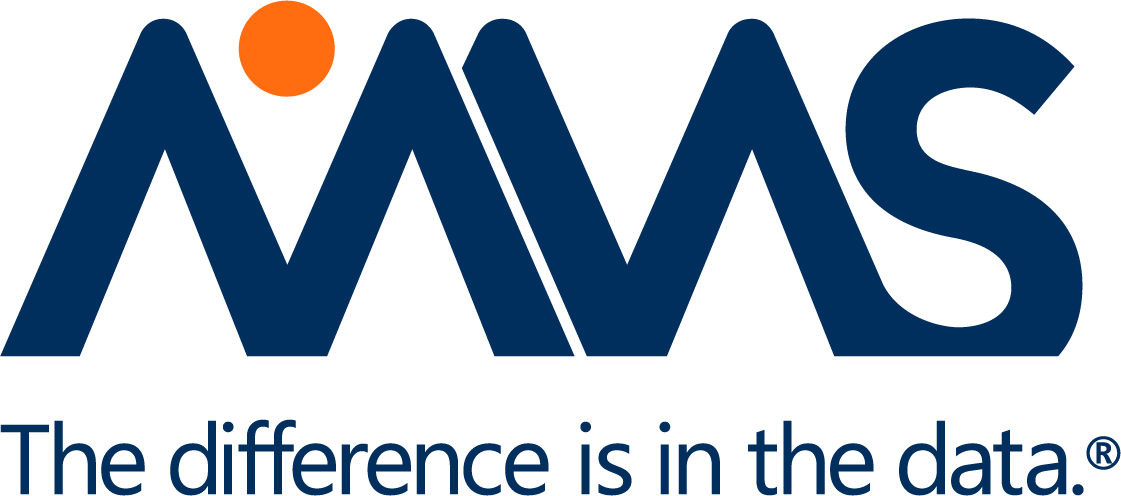The Prescription Drug User Fee Act (PDUFA) VII, the 6th reauthorization of PDUFA, was signed by President Biden on September 30, 2022. In addition to the standard content that ensures the FDA has the necessary resources to provide a predictable and efficient review for human drugs and biologics, PDUFA VII has a number of enhancements that were discussed at a public meeting on Sep 28, 2021.
PDUFA Goals Letter
The Prescription Drug User Fee Act, or PDUFA, was created by Congress in 1992 and must be reauthorized every five years. After PDUFA is signed, the FDA releases its “performance goals and procedures,” commonly referred to as the “goals letter” or “commitment letter.” The performance and procedural goals and other commitments specified in this letter apply to aspects of the human drug review program that are important for facilitating timely access to safe, effective, and innovative new medicines for patients.
The FDA is committed to meeting the performance goals specified in this letter and to the continuous improvement of its performance in other important areas specified in relevant published documents that relate to preapproval drug development and post-approval activities for marketed products.
The goals letter for PDUFA VII can be found here.
Updates, Enhancements, and New Additions
Our regulatory experts are working on additional blogs that will go more in depth into some of the most exciting upcoming changes under PDUFA VII. For now, we will provide a brief overview of some of the updates, enhancements, and new additions found in the goals letter.
STAR Pilot Program
A new Split real-Time Application Review (star) pilot program for expedited review of efficacy supplements will be available beginning in 2023. MMS will build on its success with rolling reviews and Real-Time Oncology Review (RTOR) applications to draft best practices, as well as efficiencies and advantages of FDA’s new split review.
Rare Disease Endpoint Advancement (RDEA) Program
The Rare Disease Endpoint Advancement (RDEA) Pilot Program is intended to facilitate the efficacy endpoint development process. MMS will review the requirements of this program alongside current best practices for Clinical Outcome Assessment (COA) and Biomarker development, in the context of working with OOPD. In addition, FDA also outlined several enhancements to the Cell and Gene Therapy Program (CGTP) including plans for a draft guidance on the evaluation of efficacy in small patient populations using novel trial designs and statistical methods.
Updates to Meetings
Formal Meetings: In addition to a new meeting type (Type D) intended to focus on a narrow set of issues, FDA also added PDUFA goal dates and processes for INTERACT meetings (typically pre-pre-IND). They also clarified several meeting related processes. Adding these to PDUFA helps to clarify sponsor expectations and encourage use of the correct channels and timeframe for communication. MMS will outline all of these updates in an upcoming blog (e.g., response to granting of Written Response Only, formal process for requesting clarification post-meeting)
Updates to Quality and CMC
FDA outlined several enhancements related to:
- product quality reviews
- chemistry, manufacturing, and controls approaches
- advancing the utilization of innovative manufacturing technologies
- new performance goals for review of Original Manufacturing Supplements
Updates to Drug Safety
MMS will review FDA plans for enhancement and modernization of drug safety including REMS assessments and performance evaluations, the Sentinel Initiative, post-market pregnancy safety, and more.
Real World Evidence (RWE) and Digital Health Technology (DHT) Advancements
FDA also intends to continue to build on the successes under PDUFA VI in the areas of RWE and DHTs. This includes:
- Advancing the RWE Program intended to improve the quality and acceptability of RWE-based approaches in support of new intended labeling claims or to satisfy post- approval study requirements
- Developing new methods to support causal inference in Sentinel/BEST that could address product safety questions and advance our understanding of how RWE may be used for studying effectiveness
- Establishing a DHT framework document to guide the use of DHT-derived data in regulatory decision-making
What does this mean for the future?
Overall, the content of this goals letter indicates that FDA is interested in providing more information and formal routes for access to and communication with the Agency during drug development and to continue to develop and enhance many of its current programs. FDA has also made some enhancements to clarify activities that occur after submission, both during review and after approval.
There are many more updates and enhancements in PDUFA VII. If you have any questions or would like further information, email info@mmsholdings.com to speak to a regulatory expert.
By: Amanda Beaster, Associate Director of Regulatory Strategy
Learn more about MMS regulatory experts here.
